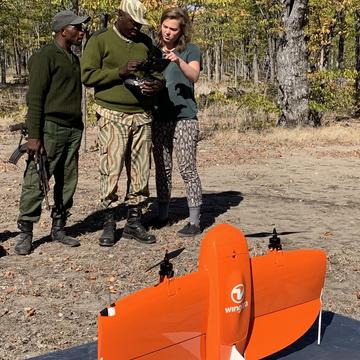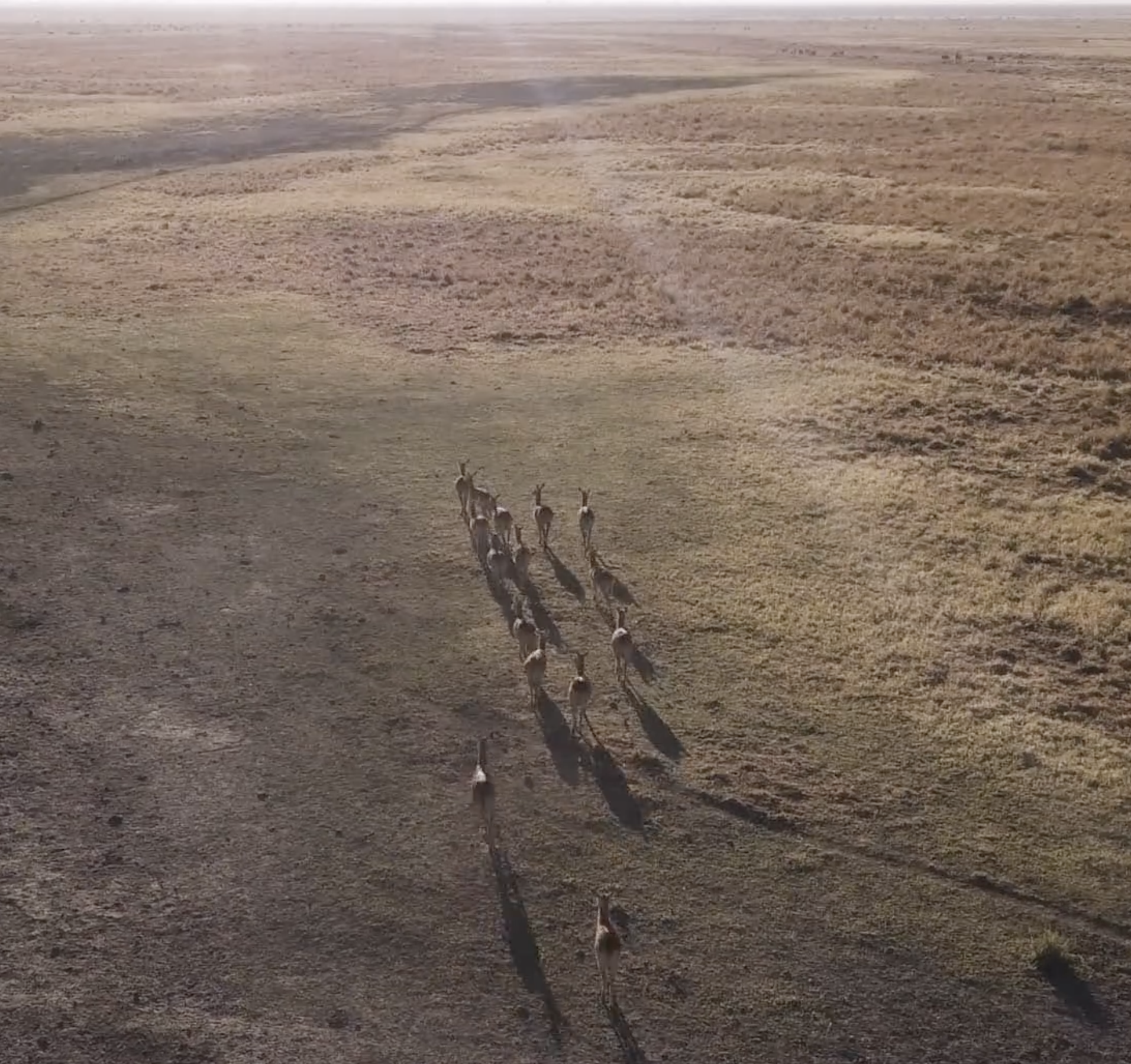News
Optimal flight altitude to minimise acoustic drone disturbance to wildlife
We are now in a golden age of technological advances and are able to remotely monitor and track wildlife via a variety of electronic sensors. Unmanned aerial vehicles (UAVs) are an increasingly important tool for wildlife data collection. Applications of use are numerous and continue to grow. Recent applications include gathering biological samples (e.g., blow samples from whales) monitoring morphometric attributes and collecting behavioural data. In addition, UAVs have been used for census surveys, for anti-poaching surveillance, for mapping species habitat use and distribution, for locating radio-tagged animals, for assessing species body mass and condition, for relocating animals to mitigate human–wildlife conflict and for kinematic analysis (i.e., recording running giraffes). This technology enables behavioural ecologists to study fine-scale wildlife movement that is undetectable from the ground, however, concern over wildlife disturbance has led several countries to ban use in National Parks. Disturbance is both an animal welfare concern and also impedes scientific data collection through provoking unnatural behaviour. Dealing with the issue of disturbance will enable wildlife researchers to use UAV technology effectively and ethically for monitoring and conservation.
A recent study led by WildCRU’s Isla Duporge presents a novel method to determine optimal flight altitude while minimising drone disturbance for wildlife using species audiograms. The lowest point at which either the UAV sound level decreases below an acceptable threshold, or disturbance cannot be significantly further minimised by flying higher was calculated. The calculations filter the UAV noise based on the species’ hearing sensitivity over the relevant frequency spectrum. This research enables UAV noise to be understood from the species perspective and flight guidelines have been developed which can be used in future research.
Duporge, I., Spiegel, M.P., Thomson, E.R., Chapman, T., Lamberth, C., Pond, C., Macdonald, D.W., Wang, T. and Klinck, H., Determination of optimal flight altitude to minimise acoustic drone disturbance to wildlife using species audiograms. Methods in Ecology and Evolution.







